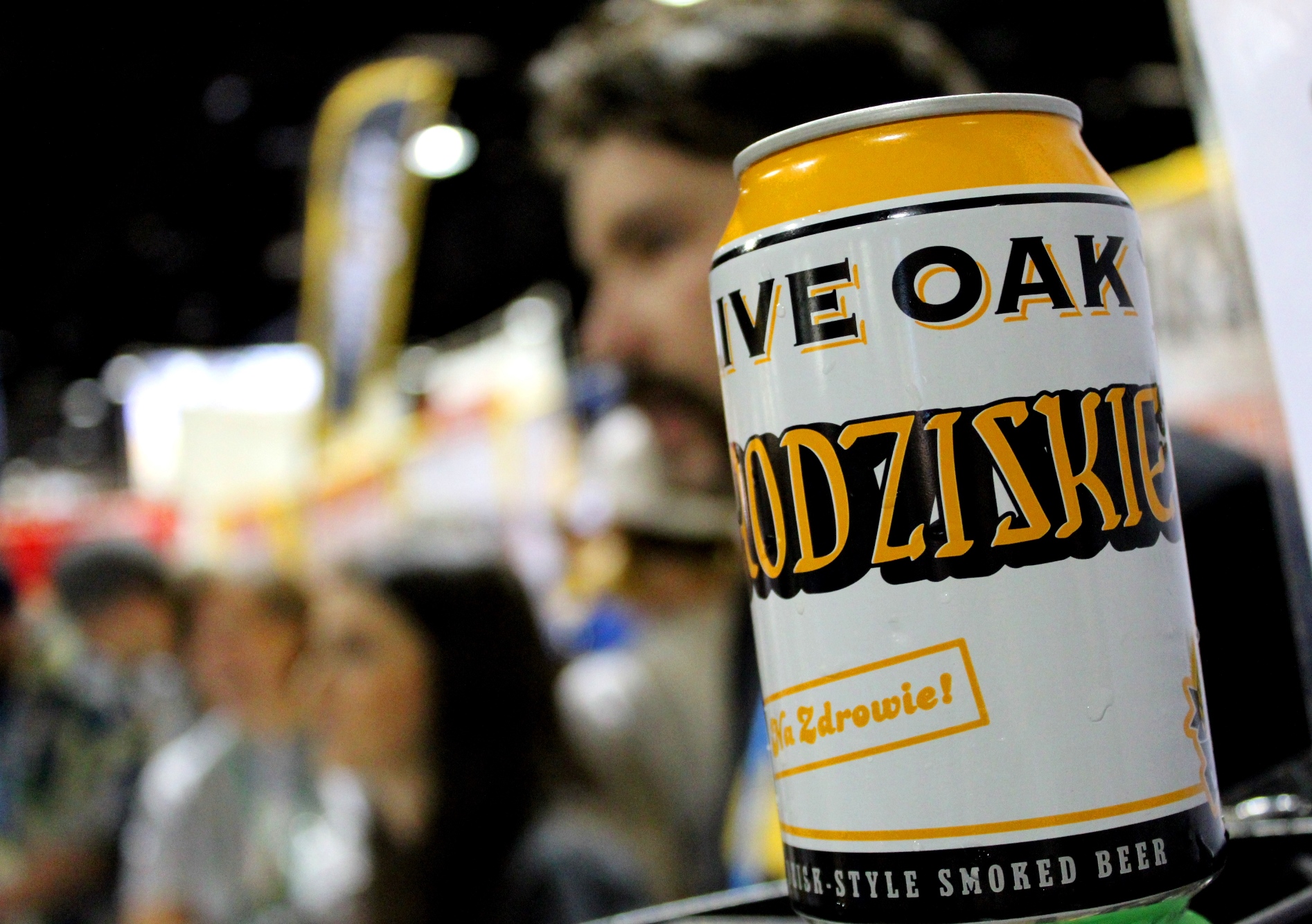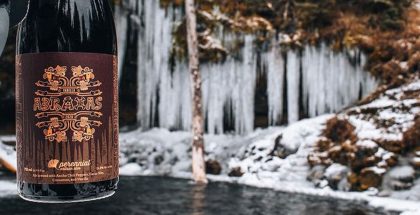2019 Great American Beer Festival | Obscure & Historical Beer Styles
Pastry stouts, hazy IPAs and rare sours tend to command most of the buzz at the Great American Beer Festival; the lines at brewery booths pouring those beers last week in Denver certainly attested to that. However, I chose a different tasting route for my festival experience. As I wandered the festival floor, I didn’t so much choose “the road less traveled” as much as an overgrown path forgotten by time: I wanted to taste as many obscure, historical beer styles as I could.
GABF offers a wonderful educational opportunity for anyone who wants to taste styles largely lost to history. Want to know what a gruit tastes like? Want to compare multiple export stouts or Dortmunder lagers beside each other? You’ll never have a better chance to do it than at GABF.
So you make the spit beer, right?
It’s a question Judd Belstock of Dos Luces Brewery in Denver gets often. Dos Luces focuses exclusively on the pre-Columbian indigenous American beer styles Chicha and Pulque, the former of which was once brewed in Peru by chewing on the corn and spitting it into a bucket. The enzymes in human saliva converted the corn starch into fermentable sugar and resident microorganisms took over from there to ferment it.
Chicha is no longer brewed this way (except in a few tourist-centric areas of Peru), but its reputation as “spit beer” has remained in the popular imagination. Belstock brews the beer using malted Colorado-grown blue corn, no saliva required. Still, he gets asked about the role of mastication in his beers often. Did you chew on what I’m drinking?
“No, but I’ll spit in your beer for a dollar,” he usually responds with a wry smile.

Saliva assumptions aside, Belstock also has to contend with misinformation around the use of corn in beer. After Bud Light launched its Superbowl campaign last year centered around not using corn syrup, Belstock took to social media to explain that corn isn’t a bad word in brewing and has been used for thousands of years to make fermented beverages. In fact, he began brewing Chicha and Pulque (an Aztec drink with corn and maguey nectar) because he wanted to show these were true American beer styles that predated European colonization.
At GABF, Dos Luces poured their Chicha and Pulque at their booth in the Meet the Brewers section; Belstock also gave a talk at the Craftbeer.com Sit & Sip pavilion. Both beers demonstrated complex acidity and gentle spicing and offered a window into the past when the priestly castes of the Aztec and Inca would have enjoyed these drinks. The only other way you got to try it in those cultures?
“If you were going to be ritually sacrificed, you were allowed two cups of pulque on the altar,” explains Belstock. No sacrifices were required to taste these drinks at GABF.
No Hops Were Harmed
Before hops became the main seasoning in beer, lots of other herbs and spices were used to enhance flavors (or just as often, to cover up bad flavors) in beer. Across much of Europe, Gruits were brewed with whatever wild botanicals were available and, in some places, the exact mixture of those seasonings was controlled and taxed by the state.
Two breweries brought Gruits to GABF: Wolf Tree Brewery out of Oregon brought a Spruce Tip Gruit while Mountain Toad Brewing out of Golden, CO brought their True Gruit seasoned with yarrow, mugwort, juniper branches and berries, and rosemary.
Europe off the Beaten Path
Plenty of European lagers, abbey ales and wheat ales were poured on the festival floor, but sprinkled throughout GABF were some more obscure continental styles.
Barnett & Son Brewing out of Parker, CO brought along their Dampfbier, an old German style brewed with expressive Weizen yeast but with all barley malt instead of wheat (basically a Hefeweizen without the wheat).
Barnaby Brewing out of Juneau, AK, brought along a Sahti, a Finnish farmhouse ale brewed with juniper.
Landbier isn’t a term most drinkers know, but the flavors of these “country lagers” are getting more familiar. Hourglass Brewing from Longwood, FL, brought along their Landbier, a style that is pretty interchangeable with Kellerbier or Zwickel. All three styles would have been unheard of from an American brewery just a few years ago, but the resurgence in lager popularity has led to these styles getting more love.
Black Husky Syndicate Series No. 1 is a Sticke Alt, an export-strength version of the Dusseldorf Altbier style. While Altbier might occasionally pop up on a brewery tap list, the slightly stronger Sticke Alt (pronounced something like “schtick-uh ult”) is pretty uncommon and offered a flavor profile that historically would have been reserved for brewers and locals.
A few Grodziskies were poured at GABF. Also known at Gratzer, this Polish style is a low-alcohol ale brewed with oak-smoked wheat malt. Several were poured in Denver, including examples from Oregon’s Spider City Brewing and North Carolina’s Pilot Brewing. Perhaps the most notable was by Live Oak Brewing from Austin, TX. At only 3.0% ABV, this little beer packed a lot of flavor with delicate smoke and a crisp, dry finish.

America the Beautiful
Before the Volstead Act put a screeching halt to brewing in the United States, a few homegrown beer styles had emerged around the country. The most notable was what we now call Pre-Prohibition Lager. An adaptation of German Pils developed by German immigrant brewers using American ingredients (often including corn), Pre-Pro lagers are characterized by snappy hop bitterness and dry, drinkable bodies. Minnesota heritage brewery August Schell poured their storied Deer Brand Lager, and Live Oak brought their Pre-War Pils developed with Lost Lagers, a historical beverage research firm run by Michael Stein and Peter Jones.
Another American style developed in response to European lager in the late 19th century was Steam Beer, a style now generally referred to as California Common in deference to Anchor’s iconic Steam brand. Bhramari Brewing from Asheville, NC offered their Painted Fortune for curious drinkers looking to test out the style.
Other obscure, historical beer styles at GABF included Tropical Stout, Kentucky Common and Grisette.
Beer is Educational!
The Great American Beer Festival might be the home of barrel-aged stouts and hazy IPAs for some, but it’s also a great place to taste these historical styles hidden in plain sight. The next time you attend GABF (or any beer festival), keep an eye out for styles you’ve never heard of or have heard of but never tasted. It’s a great way to learn more about this beautiful beverage we love so much. Thanks for keeping these alive, brewers!








Submit a Comment